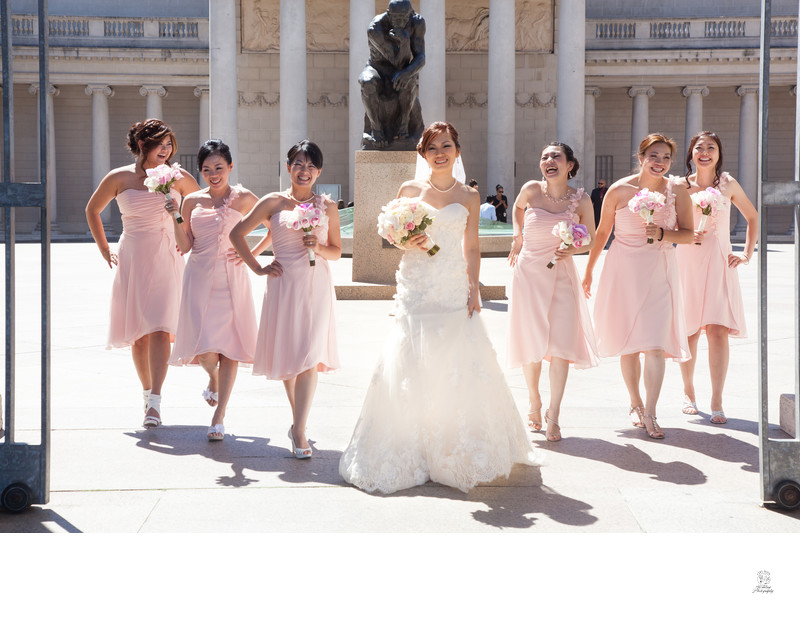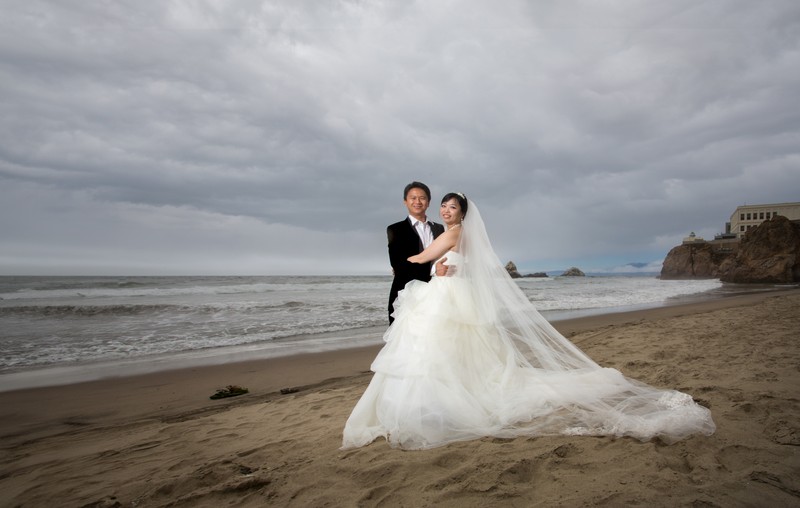Fine Art Photography 101: All the Basics You Need to Know
Are you curious about fine art photography? Do you want to learn more about the basics of this creative genre? If so, you've come to the right place! In this article, we'll discuss all the essentials you need to get started in fine art photography. We'll cover things like composition, lighting, and post-processing techniques. So whether you're a complete beginner or just looking for some new ideas, read on for all the info you need!
What Is Fine Art Photography?
Fine art photography is a genre of photography that is based on the creative and expressive use of camera techniques and processes. Fine art photography stands in contrast to photojournalism and commercial photography. Photojournalism captures images to tell a news story, while commercial photography is all about selling products or services.
Fine art photography is about the photographer’s vision and creativity. It can be used to express ideas, emotions, or tell a story. The goal of fine art photography is to evoke an emotional response in the viewer.
There are no set rules in fine art photography, which is why it is such an expressive medium. However, there are some basic principles that all fine art photographers should know.

What Are The Basics Of Fine Art Photography?
Now that we know what fine art photography is, let's discuss the basics of this genre. The first thing you need to know about fine art photography is that there are no set rules. You can express yourself in any way you see fit. However, there are some basic principles that can help you create strong and evocative images.
Composition
Composition is one of the most important aspects of any photograph, regardless of the genre. In fine art photography, the composition is used to create a certain mood or feeling in the image. For example, a photographer may use leading lines to create a sense of movement or depth. They may also use symmetry or patterns to create a feeling of balance and calm.
Lighting
Lighting is another crucial element in fine art photography. The right lighting can make an ordinary scene look extraordinary. It can also be used to create different moods and atmospheres in an image. For instance, using backlighting can create a feeling of mystery, while using harsh lighting can create a feeling of suspense.
Post-processing
Post-processing is the process of editing and manipulating an image after it has been captured. In fine art photography, post-processing is often used to enhance the mood or atmosphere of an image. For example, a photographer may use HDR techniques to add more drama to an image. Or they may use black and white conversion to create a sense of nostalgia.
Printing
Printing is an important part of the fine art photography process. The type of paper and printer you use can have a big impact on the final look of your images. For instance, using high-quality photo paper and a professional printer can help your images look their best.
Framing
Framing is another important aspect of fine art photography. The right frame can help to highlight the subject of your image and draw attention to the composition. It can also protect your image from damage and keep it looking its best for years to come.
Why Do So Many People Love Fine Art Photography?
There are many reasons why people love fine art photography. For some, it is the beauty of the images that are created. Fine art photographers often have an eye for capturing stunning landscapes or interesting close-ups that show the intricate details of their subjects. Others appreciate the emotion and storytelling that can be conveyed through a well-composed image. Still, others simply enjoy the challenge of trying to create something beautiful and unique.
When Did Fine Art Photography Come About?
The history of fine art photography begins in the mid-19th century with the development of photography as an artistic medium. Fine art photography is a genre that embodies all the characteristics of art: originality, expression, form, and aesthetics.
So, What Makes A Photograph A Work Of Art?
Aesthetics are the foundation of fine art photography. Aesthetic qualities include composition, light, shadow, texture, pattern, color, and form. These elements can be used to create an image that is pleasing to the eye and evokes an emotional response from the viewer.
The subject matter is another important element of fine art photography. The subject can be anything that the photographer chooses to make a photograph of. It can be something as simple as a flower or as complex as a cityscape. The important thing is that the photographer has a clear vision for what they want to create and that they are able to execute that vision through their photography.
There are many different genres of fine art photography, including but not limited to portraiture, landscapes, still lives, architectural, photojournalism, and experimental. Each genre has its own set of guidelines and aesthetics that the photographer must adhere to in order to create a successful image.
So, what do you think? Are you inspired to try your hand at fine art photography? It can be a lot of fun – and really rewarding too. If you’re curious about learning more or want to get started on your own journey as a fine art photographer, give us a call today. We would love to help you out! In the meantime, be sure to check out some of the amazing work by artists featured on our site – there’s a lot to learn from them.
Are You Looking for a Wedding Photographer You Can Trust?
The team at San Francisco City Hall Wedding Photography are specialists in capturing the beauty of your wedding day in the magnificent surroundings of City Hall. We serve both local and destination wedding clients from all over the world. Photography packages are available for just Ceremony coverage or all-day premium photo tours with transportation included! No matter what package you select, you will get absolutely stunning photographs that exceed your wildest dreams. Contact us today!

Previous Article - The Best Advice You Can Hear About Fine Art Photography
